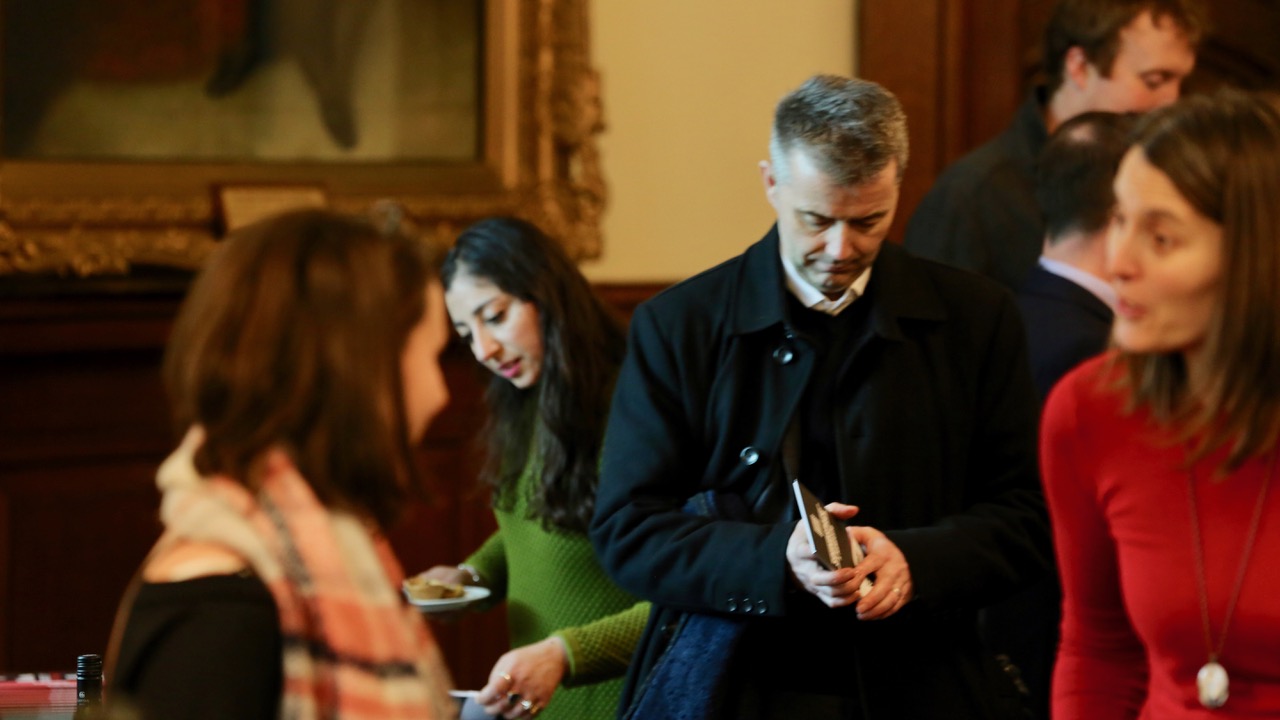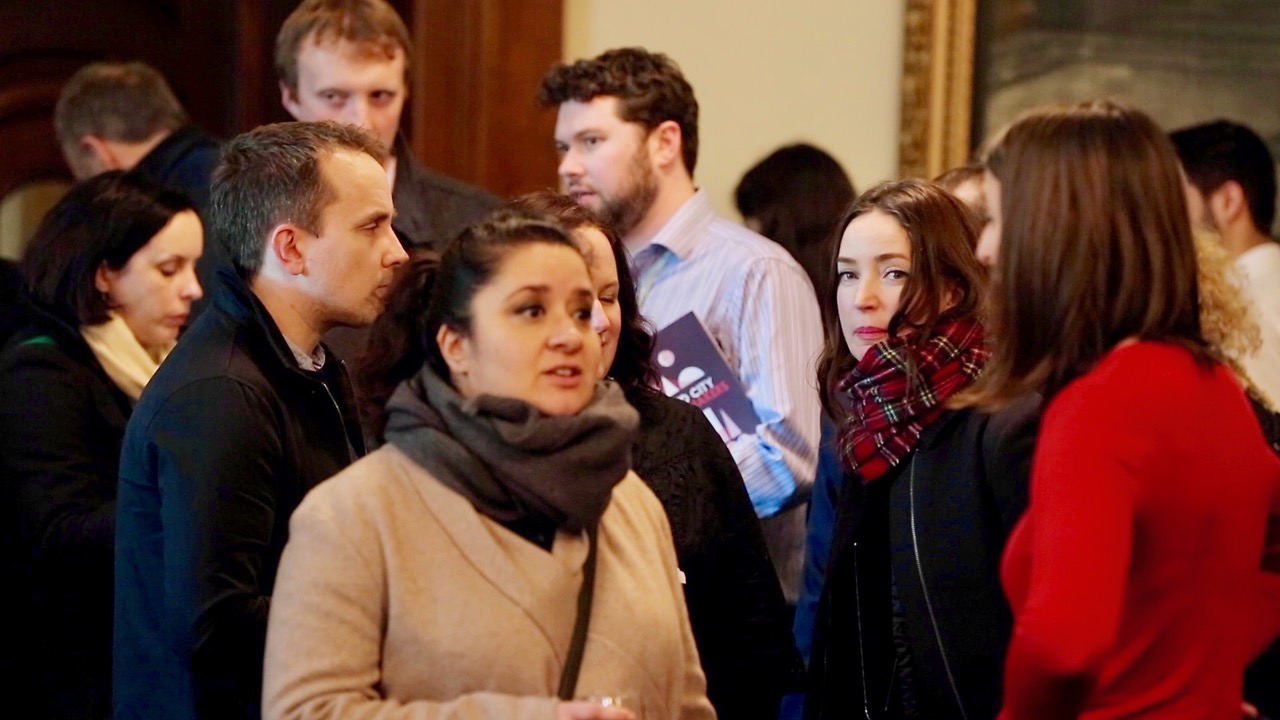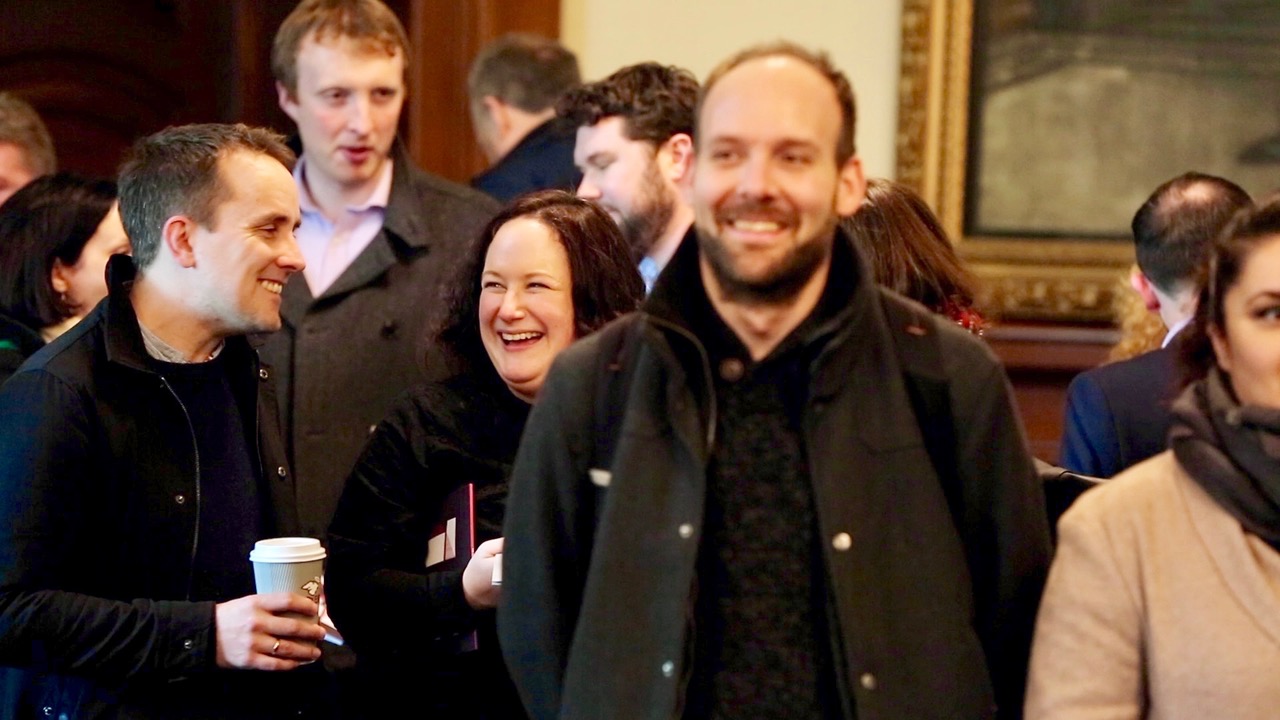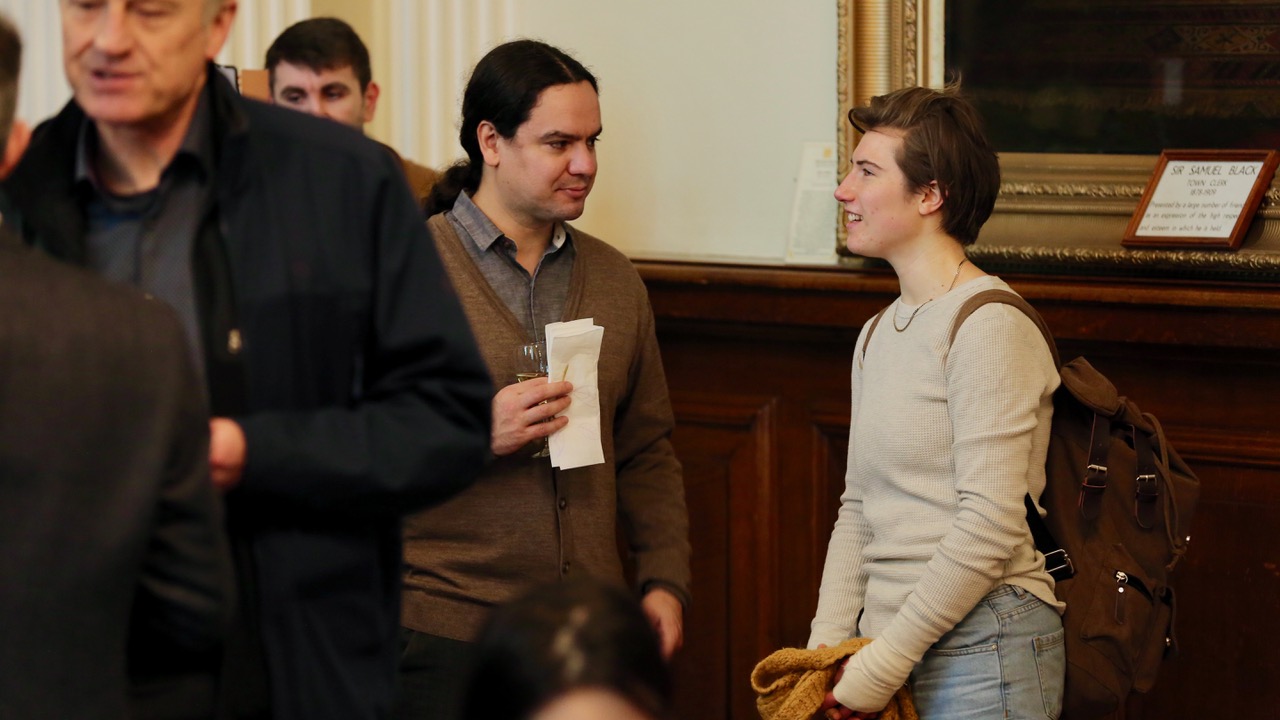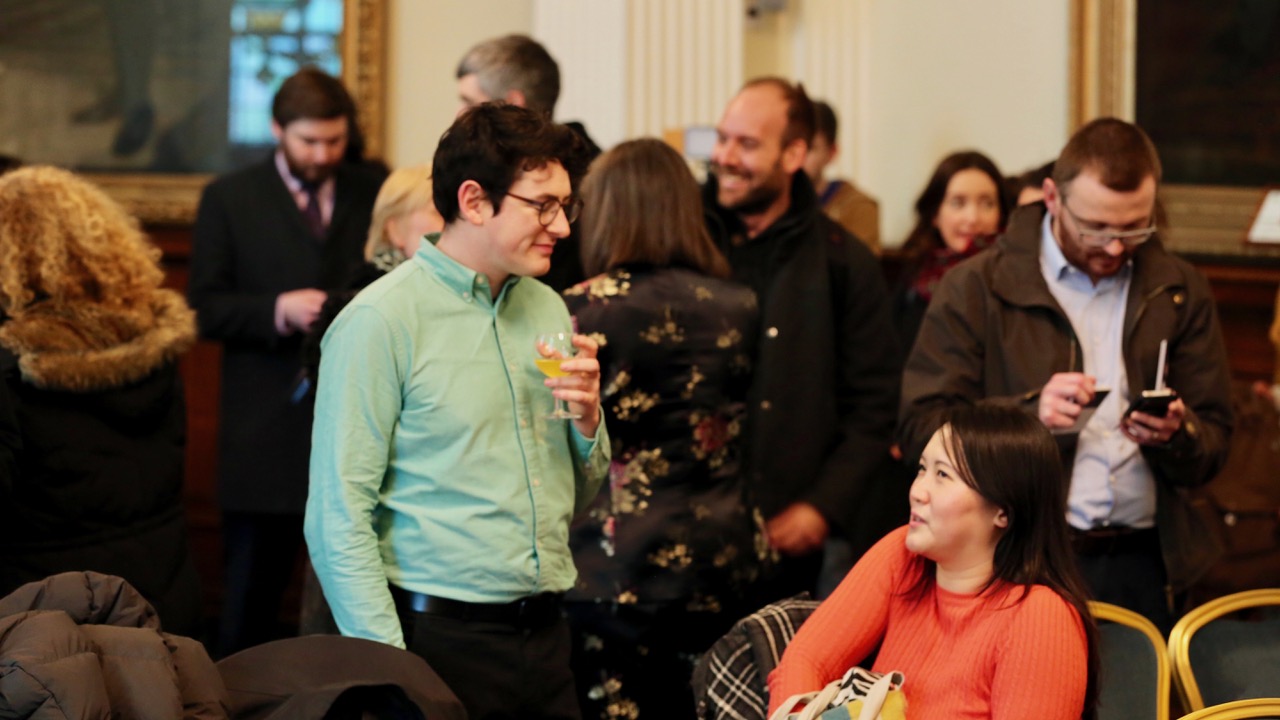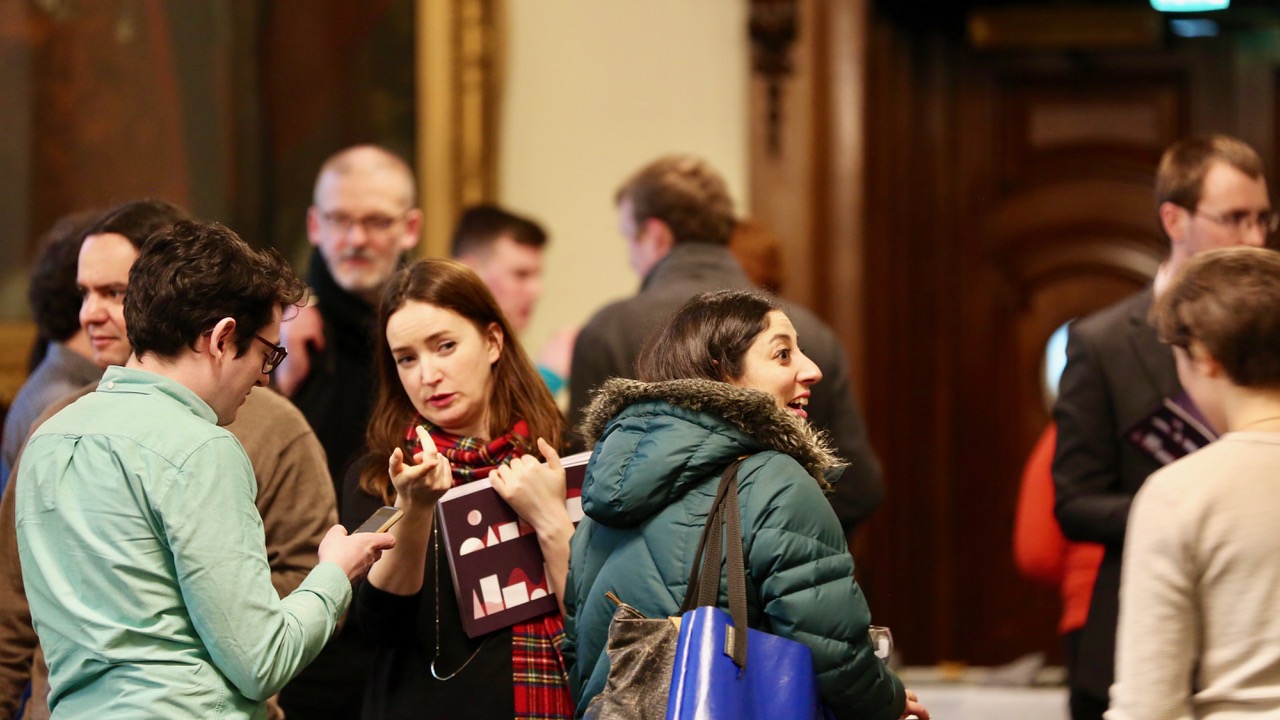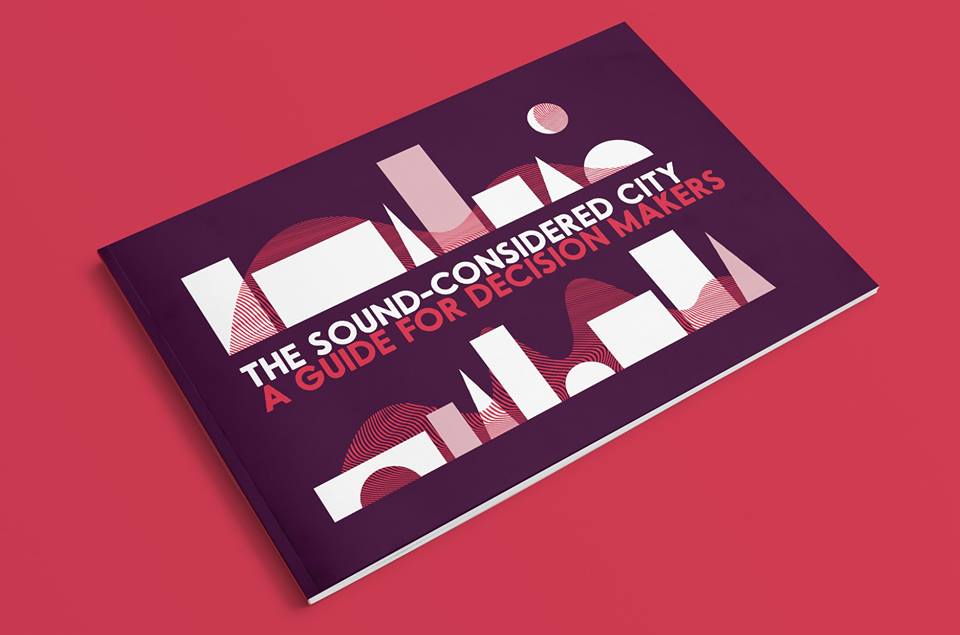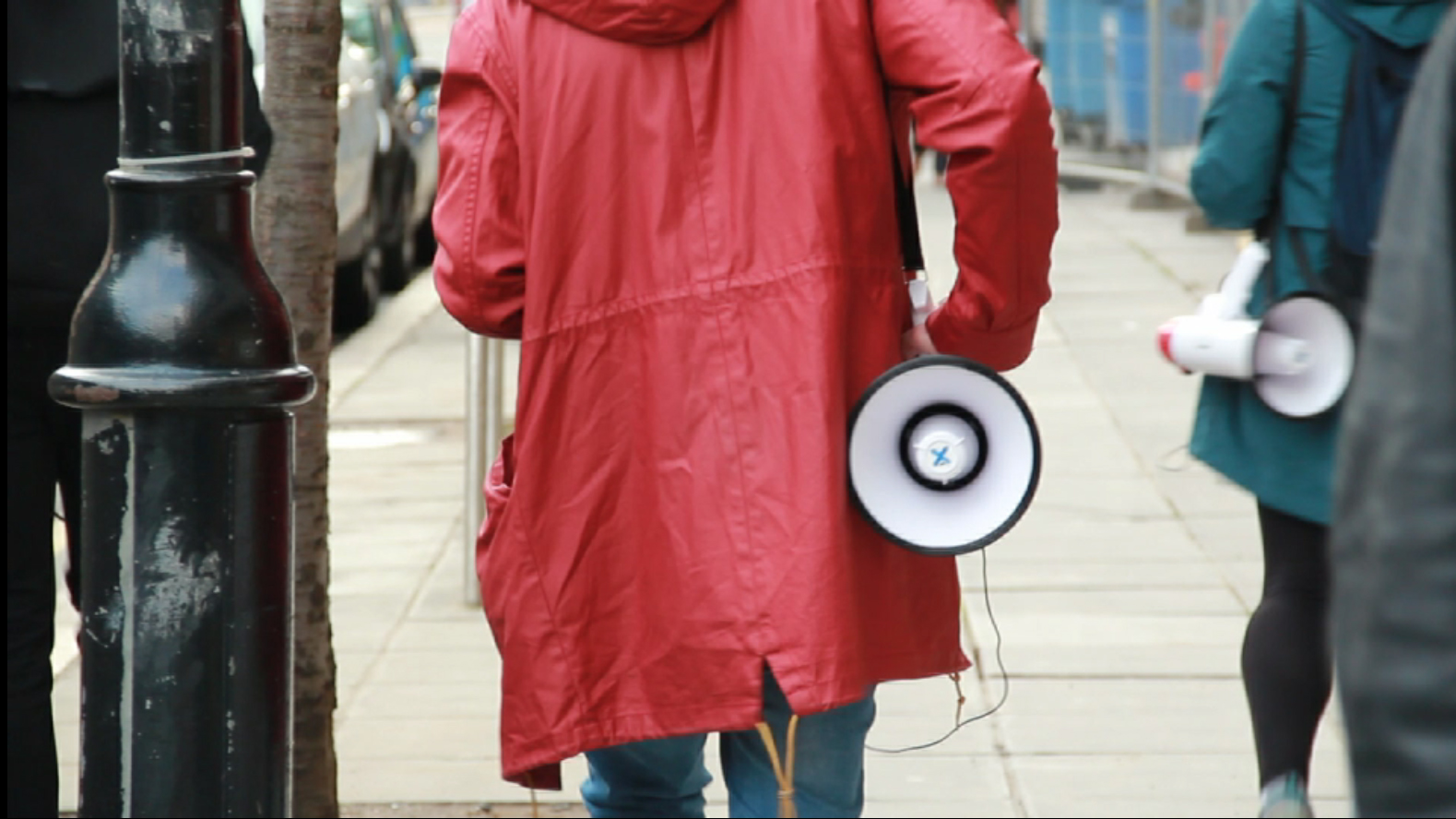THE NEW CITY SYMPHONY
After a warm welcome, we began in earnest with a brief introduction to the cinematic city symphonies of the 20th Century, given by Professor Laura Marcus, New College, Oxford. Within this genre of avant-garde urban film, the modern city is rendered as protagonist; its architecture, activity and commerce witnessed and described through the pulsating rhythms and movement of metropolitan existence. The skyscraper, lone pedestrian, motor car, arterial highway, pouring rain, surging crowd, shaped though experimental editorial treatment and organised, written and scored like a symphony.
A screening of the 5th and 6th ‘movements’ of Lizzie Thynne and Ed Hughes’ Brighton: Symphony of a City (2016) followed. Commissioned for the 50th Brighton Festival, Thynne and Hughes’ original film and accompanying orchestral score is a rare example of a contemporary city symphony that echoes the documentary aesthetic and typical ‘day in the life’ structure of its earlier counterparts, specifically Ruttman and Meisel’s Berlin: Symphony of a Great City (1926).
In their presentations, Thynne and Hughes explained how they created tension between musical and visual textures, adopting non-narrative juxtaposition, mimicry and montage, whilst resisting simplistic associations between sound and image. Their portrait of Brighton in film tackled issues such as the privatisation of space, urban erasure, and difficult social commentary. I was particularly moved by the sustained shot of a rough sleeper, his flattened palm tenderly gesturing for small change, hand conducting an anonymous and unrelenting footfall of polished black shoes. The splicing together of archival and contemporary footage of Brighton Rock Pool and Brighton Marina further critiqued the cyclical nature of planning in the city, and the needs of the commission to appeal to both local and wider audiences. Amongst study day attendees, their approach raised questions about the role of sound and nostalgia, how the ‘symphony’ is understood as a unifying model, and inevitable frictions between the old and new ‘score’ for Brighton.
RECOMPOSING THE CITY: SOUND MAPPING AND ACOUSTIC PLANNING
The second session took up the subject of sound mapping and acoustic planning. Focusing on the lineage of two distinct models of mapping - noise mapping and sound mapping – Professor Gascia Ouzounian unpacked some of the reasons why sounds heard within the city are so strongly associated with the idea of impairment, and less so with meaningful and positive experiences.
Though records exist as far back as Pliny, who commented on the negative impact of noise generated by cataracts of the Nile, it was the industrialisation of cities during the early 20th century, coupled with the professionalization of acoustics that most effectively ‘built sound out’ of the urban realm. In practice today, the emphasis remains fixed on measurable, quantifiable aspects of sound, and urban informatics legislate increasingly ‘sense-less’ environments. Yet the relegation of sound to regulation risks limiting beneficial experiences for the citizen of the acoustic city.
Against a trajectory of sonic sanitisation in the professional sphere, both Ouzounian and Dr Lola San Martin’s presentations highlighted a willingness amongst citizens to engage with sound in the built environment as more than a merely unwanted element or bi-product. Strong evidence is provided by online participatory sound mapping projects, which have experienced something of a boom lately; Mapa Sonoru, London Sound Survey and the Montréal Sound Map were all mentioned. Pinpointing individual audible landmarks that collectively (re)compose the complex acoustic profiles of different communities can reveal what we want to listen to, and how we identify with sounds - explored through multilingualism, geography, the landscape or our sonic imagination - that we consider to be of value. Might there also be a genuine fear of losing certain sounds from our everyday soundscapes? Vitally necessary questions must be asked: who is the acoustic city for? Whose environment are we protecting?
Connor McCafferty interrogated the techniques of sound mapping further, concentrating on how interdisciplinary, participatory methods go beyond normative urban analysis, and feed into pedagogy and design practices. However, he also drew our attention to some of the problems of web-based sound mapping, including issues of access, authorship, failures of responsibility to participants (for example from loss of data) and lack of critical rubrics for interpretation.
This panel showed, amongst other things, that educators, architectural practitioners, policy and planning professionals, share an element of uncertainty about how to deal with the acoustics of the city. Promisingly, a growing number of artistic projects and initiatives across different cities are deliberately building sound back into urban and architectural spaces. These projects, Dr Sarah Lappin insisted, reframe sound as an essential element of place-making, mobility, creativity and connectivity. SAFARI 7 (2009) by SCAPE studio, was just one example given, that demonstrated how acoustic biodiversity fostered creative, positive interactions between people, built environment, flora and fauna of the city in ways useful both to practitioners, but also inhabitants.



























